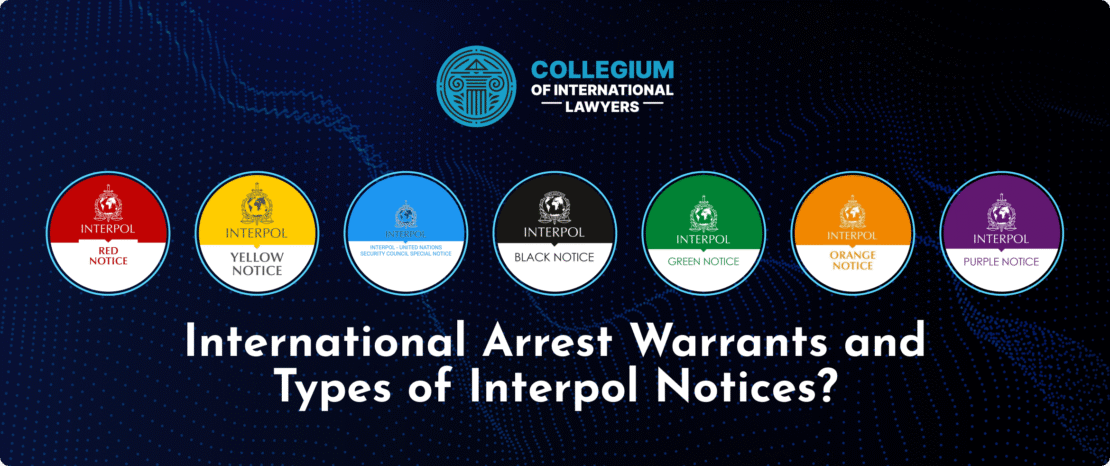
Understanding the Abuse of Notification Systems
In today’s digital age, notification systems are vital tools in various sectors, ranging from social media to legal notifications. However, the potential for abuso del sistema de notificaciones rojas raises critical concerns about their integrity and effectiveness. The misuse of these systems can lead to serious consequences for individuals and organizations alike.
What Are Notification Systems?
Notification systems are designed to alert users about important events, updates, or changes in status. These systems can be found in various domains, such as email notifications, push notifications from mobile apps, legal notices, and even emergency alerts. Each serves a specific purpose, delivering timely information to keep users informed and engaged.
The Importance of Notification Systems
The role of notification systems is crucial in modern communication. They ensure that users receive essential information, enabling them to respond accordingly. In legal contexts, for instance, notifications inform individuals about proceedings affecting them, while in the business environment, they alert employees about critical updates, deadlines, or emergencies.
Forms of Abuse in Notification Systems
Despite their benefits, notification systems can be abused in various ways, undermining their effectiveness. Here are some common forms of abuse:
1. Spam Notifications
One of the most prevalent issues in notification systems is spam. Unscrupulous users can exploit notification channels to send irrelevant or misleading information, cluttering users’ inboxes. This not only annoys recipients but can also lead to them ignoring legitimate notifications.
2. Fake Emergency Alerts
The rise of digital platforms has led to the transmission of fake emergency alerts. These false alarms can cause panic, divert resources, and lead to unnecessary chaos. The integrity of emergency notification systems is critical, and their abuse can jeopardize public safety.
3. Phishing Attempts
Cybercriminals often use notification systems to conduct phishing attacks. By masquerading as legitimate entities, they can trick users into providing personal information or clicking on malicious links. This form of abuse highlights the need for users to verify the authenticity of notifications they receive.
4. Misuse of Legal Notifications
In the legal realm, notification abuse can manifest through improper use of legal notices. For instance, individuals may attempt to leverage the system to harass others or to manipulate legal circumstances to their advantage. This form of abuse can lead to significant implications for justice and individual rights.

5. Gaming the System
Some users engage in practices to game the notification system, such as creating multiple accounts to receive bonuses or alerts intended for single users. This not only undermines the intention of the system but also affects the experience of genuine users.
Consequences of Abuse
The consequences of abusing notification systems can be profound. For individuals, they can lead to stress, misinformation, and a lack of trust in the system. For organizations, the impact can be detrimental, leading to a decline in user participation, reputational damage, and even legal ramifications.
Protecting Against Notification Abuse
To mitigate the risks associated with the abuse of notification systems, both users and organizations can take several protective measures:
1. Implement Verification Processes
For critical notification systems, implementing verification processes can help filter out spam and protect users from phishing attempts. Verification can include two-factor authentication and checks for the authenticity of the sender.
2. Educate Users
Raising awareness among users about the potential for abuse is essential. Users should be informed about the signs of phishing attempts and the importance of verifying emergency alerts before reacting.
3. Improve Reporting Mechanisms
Organizations should establish clear and user-friendly reporting mechanisms for suspected abuse. This will allow users to report spam or fraudulent notifications, helping to maintain the integrity of the system.
4. Regular Audits and Monitoring
Conducting regular audits and monitoring notification systems can help identify and address potential abuse. Organizations should assess the effectiveness of their systems and be proactive in making necessary adjustments.
Conclusion
In an age where communication is rapid and often digital, understanding the potential for abuse within notification systems is crucial. The implications of such abuse extend beyond inconvenience; they can significantly impact personal safety and organizational integrity. By recognizing the various forms of abuse and implementing protective measures, we can help ensure that notification systems serve their intended purpose effectively.



 from Roda Digital
from Roda Digital